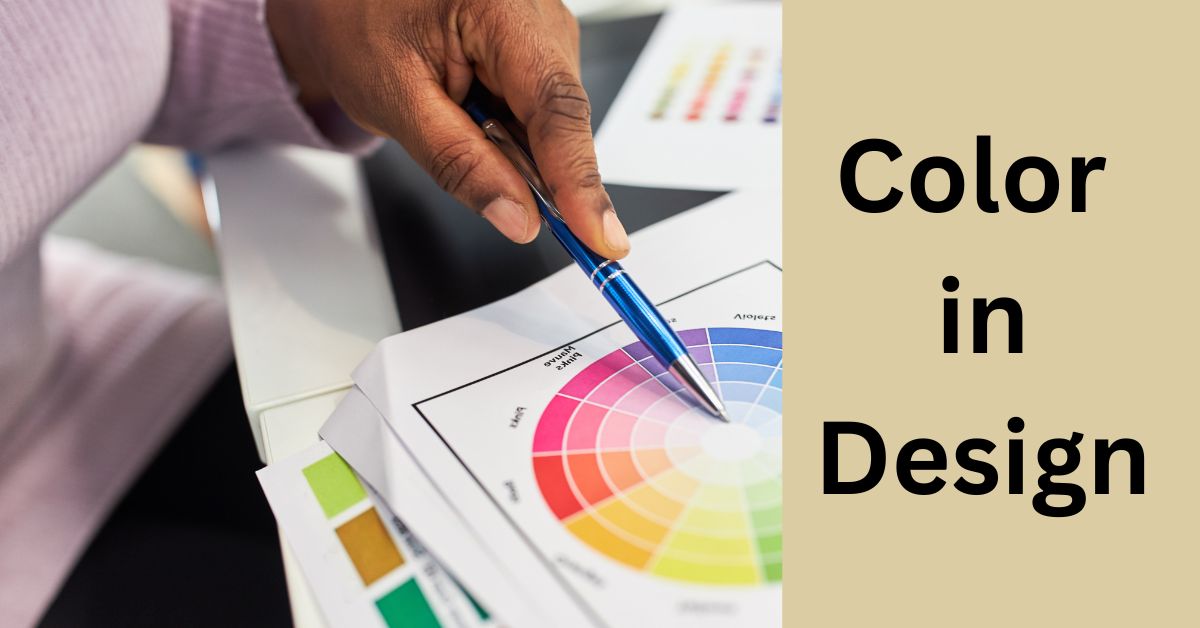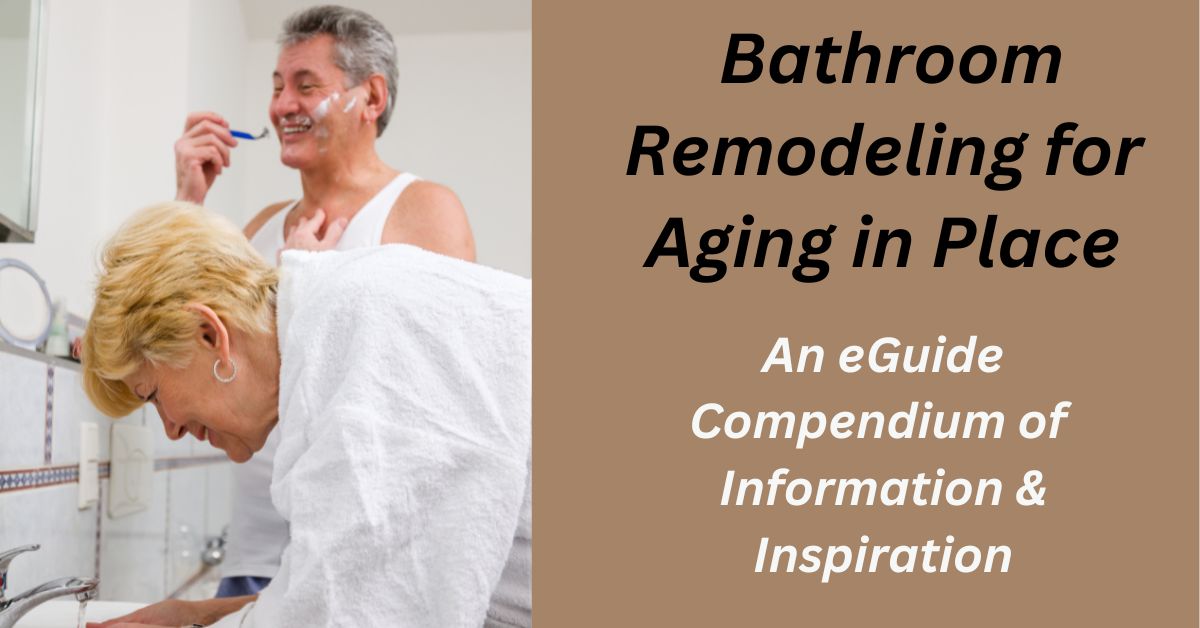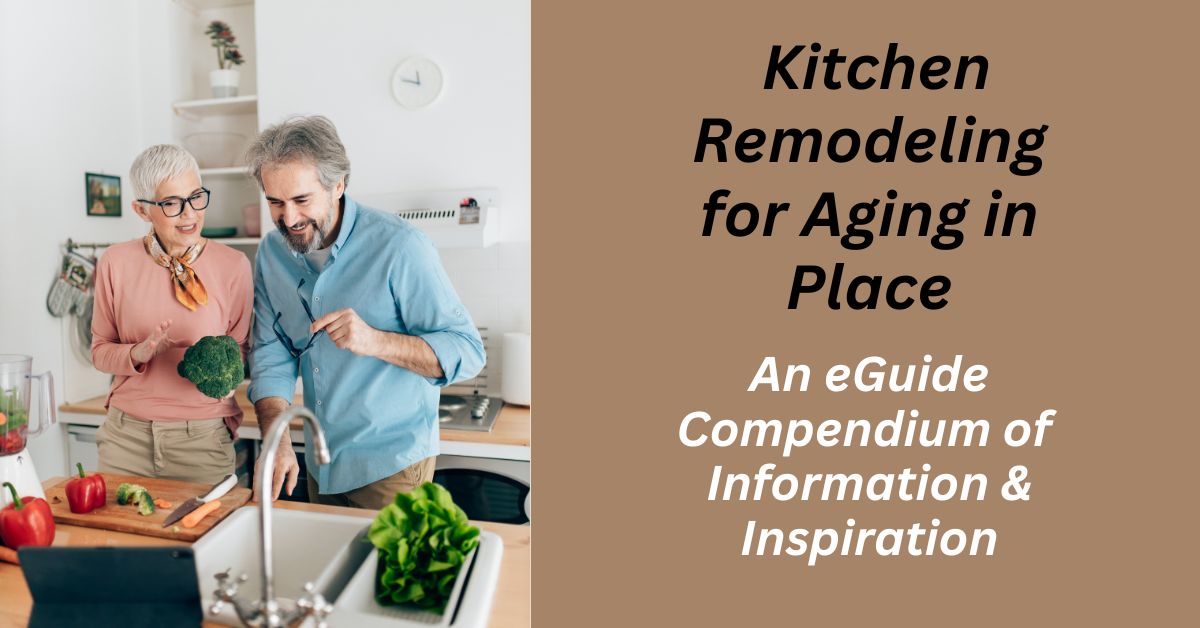Table of Contents
Note: If you came to this post about color in design through a random search, please click on this parent page and our home page for more context.
Color in Context
Using color in design in a remodel project is best done with a little background knowledge of:
- Color in history
- Color in physics and physiology
- The language of color
- Color families
- Color schemes.
Color is an essential part of your remodel project. But you need a clear idea of the colors you intend to incorporate and why.
It will influence your selection of finish materials, such as cabinetry, flooring, wall tile, and countertops. And this is where you can spend a lot of money.
Everyone has preconceived ideas about color. And this is not at all a bad thing. In fact, many cultures have their own color associations.
- Related post: Color in Culture
- Related post: Design Elements & Principles
- Further reading on Amazon: The Color Scheme Bible: Inspirational Palettes for Designing Home Interiors
Because of the potential expense involved, it is worth spending a little time understanding color. And this can help you avoid disappointment too.
It is worth learning why we feel the way we do about color. And how color may best be used in creating the desired effect for your remodel project.
Color in History
People have been affected and intrigued by color and its use throughout history.
Many thousands of years ago they used primitive earth pigments and charcoal to make colors. These are in the paintings that decorated the walls of their caves. But it was not until the 17th Century and Isaac Newton (1642 – 1726) that color received any kind of scientific definition.
Isaac Newton and the Physics of Color
Newton used the (enhanced) diagram below to document his experiment. It showed a ray of white light divided into its component rainbow colors by one prism. These were then reconstituted into white light by a second prism.
Image from: https://testbook.com/learn/physics-newtons-prism-experiment/
This was revolutionary. The prevailing theory at the time was that color was a mixture of light and dark. And a prism in some way simply added color to light.
Robert Hooke, a contemporary of Newton, subscribed to this theory. He placed color on a scale. At one end was brilliant red, which he held to be white light with the least amount of darkness added. At the other end was dull blue, which he held to be the last stage before black. Black was the point at which light was completely extinguished by darkness.
Newton’s use of the second prism to reconstitute the visible color spectrum back into white light proved this theory false.
Newton’s practical bequest to artists and designers was his arrangement of colors around a circle.
The diagram above shows the primary colors (red, yellow, and blue) placed opposite their complementary colors. It shows how primary colors mix to create secondary colors and how secondary colors mix to create tertiary colors.
Newton’s circular diagram of colors became the “color wheel,’” with which we are all familiar.
Entomologist Moses Harris produced a version of the same color wheel (above) in 1766.
Wolfgang von Goethe and the Perception of Color
In the 19th century Johann Wolfgang von Goethe (1749 – 1832), a German writer and scientist, studied the perceptual effects of color.
Goethe introduced “Gestalt” to contemporary German thought. This is the concept of self-actualizing wholeness in organic forms. So, for Goethe, optics and perception were opposite ends of single dynamic unity. He produced his own color wheel.
Newton regarded color as an objective physical phenomenon visible to the eye. But Goethe viewed it as subjectively observed. Goethe sought to derive laws of color harmony and ways of characterizing how colors affect us.
He divided colors into the “plus side” and the “minus side.” “Plus” colors, such as red and orange, tend to generate feelings of warmth. While “minus” colors, such as blue and green, generate feelings of coldness.
One could say that while Newton was about the cause of color, Goethe was about its effect.
Later Developments
In the 19th century, under the influence of Romanticism, artists saw color as a tool to create an emotional impact in depictions of reality.
In the 20th century, under the influence of Modernism, artists used color to depict feelings and movement, rather than reality.
Swiss theorist Johann Itten (1888 – 1967) defined ways of using color combinations and the contrasting properties of hue. He explored “successive contrast.”
This is the phenomenon where the human brain creates complementary afterimages of the colors it observes. An example of this is the green afterimage experienced after gazing at red.
Itten demonstrated that people instinctively react to color harmony and discord. He found that color on its own (without representing any particular object) can create dynamic perceptual experiences.
And it is these dynamic experiences that the interior designer or remodeler seeks to harness.
The Physics of Color
Newton’s prism mimics the rainbow in refracting white light into its spectrum of visible components. These are also called spectral colors.
Light enters the prism and is refracted by the glass. Violet is bent more than yellow and red and so the colors separate.
Thus: The shortest visible wavelength is what we see as violet at about 380 nanometers (nm). The longest visible wavelength is what we see as red at about 760 nm.
The wavelengths that fall between violet and red contain the other colors. The wavelengths on the outside of them (infrared and ultraviolet) are invisible to the human eye.
When we see color in an object, such as a red apple, it is because the apple has absorbed all wavelengths except the 760 nm wavelength, which it reflects.
Objects that are white in color are objects that reflect almost all visible wavelengths.
Black objects absorb almost all visible wavelengths. This is why black objects tend to get hot in sunlight but white objects do not.
Physiology of Color
The physiology of color perception shows how subjective it is. Color truly is in the eye of the beholder. Because no two pairs of eyes see color in quite the same way.
There are two main theories for our perception of color. They appear to work together.
Trichromatic Receptor Theory
Thomas Young (1773 – 1829) and later scientists hold that there are only 3 types of color receptors or cones in the retina of the eye. ‘S’ cones are most sensitive to the 445 nm wavelength, or the color blue. ‘M’ cones are most sensitive to the 535 nm wavelength, or the color green. ‘L’ cones are most sensitive to the 570 nm wavelength, or the color red.
Opponent-Process Theory
Ewald Hering (1834-1918) and later scientists hold that certain pairs of colors are never seen together in the same place and at the same time.
For example, there are no reddish greens or yellowish blues. On the other hand, there are yellowish greens, bluish reds, and yellowish reds.
Hering also observed that there are distinct “complementary” patterns in the color of afterimages.
Stare at the white dot in the middle of the left-hand picture below for about 30 seconds. Then shift your gaze to the black dot in the right-hand picture. The complementary colors appear and one sees the American flag.
Like the trichromatic receptor theory, the opponent-process theory posits 3 types of receptors.
Each type is responsible for a pair of opponent color processes. These are: blue-yellow, green-red, and white-black, with one color on one end and the other on the other end.
Thus blue light will excite the blue-yellow pair toward the blue end. A yellow light will excite the same receptors toward the yellow end. When both blue and yellow lights are present simultaneously, one only sees gray. Because blue and yellow cancel out the perception.
Learned Color Perception
Our perception of color influences our daily lives and the way they are managed and organized.
This is why traffic signals are uniformly colored. Traffic signals rely on a person’s ability to memorize colors and associate them with certain functions.
And in the world of retail business, people become familiar with the colors associated with brand-name items.
Learned perceptions and memories of color may also account for differing associations and values put on color by different societies and cultures. And this may well influence color selection for your remodeling project.
- Related post: Color in Culture
The Language of Color
With the language of color, we really dig into how to use color in a remodel project
Wavelength explains the physical dimensions of color as visible light. But there are also psychological or perceived dimensions. These are defined as hue, saturation, and brightness.
These concepts are quite well explained by suspending an inverted cone from Newton’s color wheel. This displays the red and violet ends of the visible spectrum in a circle.
Hue
Hue is the actual color of an object. Most people use the two words interchangeably. The physical dimension of a hue is the wavelength. Hue changes as the wavelength changes. Hue is measured in angular degrees starting with red at 0 and moving to yellow at 60 and green at 120, etc.
.
Saturation
Saturation measures the physical dimension of spectral purity and tells us the amount of hue that we see in an object. It is measured in percent from the center of the cone (0%) to the surface (100%). At 0% saturation, there is no visible hue. But at 100% the hue is pure.
In physical terms, saturation is related to the complexity of the light wave. If the wave is a simple sine wave, the hue appears saturated. The pure color generated by a single wavelength is called monochromatic color.
Since saturation is the purity of the hue, the colors on the circumference of the cone (above) are fully saturated and in their purest form. As they move toward the center, they become desaturated. Desaturation means that the colors become pale or weak. This is not at all the same thing as becoming lighter or less bright.
Brightness
Brightness is often referred to as “value.” It is another psychological dimension of color. The more intense the light, the brighter the object appears. Brightness is measured in percent from black (0%) to white (100%). At 0% brightness, both hue and saturation disappear.
Thus brightness tells us how light or dark a color is based on how close it is to white. For example, yellow is lighter than blue which in turn is lighter than black. Therefore, the value of yellow is higher than blue and black.
Chromacity
Chromaticity refers to the hue and saturation of an object, independent of brightness. It represents the color that something actually is. The red of a red apple looks different in a dark kitchen than in a kitchen with the lights on. But it is still the same color red.
Tints
A tint is formed when white is added to a hue, increasing lightness. Very light tints are sometimes called pastels, but any pure hue with white added to it is a tint.
Shades
A shade is created when black is added to a hue, reducing lightness. The word is often incorrectly used to describe tint or tone. Shade only applies to hues made darker by the addition of black.
Tones
Tones are created when gray is added to a hue. Tones are generally duller or softer-looking than pure hues.
Primary, Secondary, and Tertiary Colors
The color theory holds that the primary colors are red, yellow, and blue. These are the 3 pigment colors that cannot be made by mixing any combination of other colors. Thus all other colors are derived from these three hues.
The 3 secondary colors (green, orange, and purple) are created by mixing 2 primary colors.
Another 6 tertiary colors are a combination of a secondary color and a primary color next to it. They include yellow-orange, red-orange, red-violet, blue-violet, blue-green, and yellow-green.
Color Families and Remodeling
Using color families is an essential tool in how to use color in a remodel project.
Color families are a useful division of the color wheel into warm, cool, and neutral colors. This follows Goethe’s concept.
It is certainly possible to create designs that pull colors from all three families. But most designs are going to reflect an overall feeling of warmth, coolness, or neutrality, which would be enhanced or reduced by light or dark.
Warm and Cool Colors
Warm colors are variations of yellows, reds, and oranges. They convey energy, passion, happiness, vitality, enthusiasm, and excitement. They are the colors of sunsets and sunrises, fire, and autumn leaves. They evoke positive feelings in most people.
Cool colors are blues, greens, and lilacs. They convey calm, tranquility, and serenity. They are the colors of nature and water.
Blue is the only primary color in the cool spectrum, which means that the other cool colors are made by combining blue with a warm color. Green combines blue and yellow. Purple combines blue and red. Cool colors evoke feelings of relaxation, calm, steadiness, and reserve.
Neutral Colors
White, black, gray, and brown are neutral colors. They are commonly combined with brighter accent colors. But they can also be used on their own in designs. Black and white designs are elegant and sophisticated but hard to create.
The meanings and impressions of neutral colors are much more affected by the colors that surround them than warm and cool colors.
For this reason, neutral colors often serve as a backdrop or distinguishing detail in a design of warm or cool colors.
Light and Dark Colors
Light or dark translates into spacious or cozy. Light colors reflect light and make a room feel larger. Dark colors absorb light and make a room feel smaller.
Color Schemes and Remodeling
In a remodeling project, it is important to use color schemes based on an understanding of color families.
It is key to the selection of the colors of our hard finishes and the placement of paint colors.
A color wheel is a tool used to make colors look good in many applications. Human experience has identified particularly pleasing color combinations.
This experience has been analyzed and systematized into color chords. These reflect the harmonious relationship of two or more colors in the color wheel.
Monochromatic Color Scheme
A monochromatic color scheme uses a single color in varying intensities of lightness and saturation. Here we have used black.
Black, being the absence of light, is certainly not a color in the scientific sense. However, in the practical world, it is because one can get black paint.
One may substitute any color on the color wheel to achieve a monochromatic scheme. The monochromatic color scheme is clean and elegant.
It is easy on the eyes and has a soothing effect, especially with blue or green hues. While it lacks color contrast, the monochromatic scheme has visual appeal and balance.
Complementary Color Scheme
Colors that are opposite each other on the color wheel, such as red and green, are said to be complementary colors. This scheme is intrinsically high contrast and vibrant. It must be managed carefully to avoid a jarring effect.
It is best to avoid having complementary colors in immediate juxtaposition. Separate them by using white space or a transitional color.
Another approach is to use warm colors against cool colors. For example, use orange against blue. Another approach is to have one of the colors as dominant or background, and its complementary color for accents.
Analogous Color Scheme
Analogous color schemes are created by using 3 adjacent colors on the color wheel. Normally one color is dominant with another in support and the third (perhaps combined with black, white, or gray) as an accent.
Contrast is important. Analogous schemes convey comfort and serenity.
Triadic Color Scheme
A triadic color scheme uses 3 colors that are evenly spaced around the color wheel. It is bold but balanced, providing both drama and harmony. As with the analogous scheme, it is best to let one color dominate and to use the others for accent.
Split-Complementary Color Scheme
The split-complementary color scheme is a variation of the complementary color scheme. It uses the 2 colors on either side of the complementary color. This provides the same bold contrast as the complementary scheme but with more nuance and less tension.
Tetradic Color Scheme
The tetradic (double complementary or rectangular) scheme uses 4 colors arranged into two complementary color pairs. This scheme is difficult to bring into harmony. And, as with the other multi-color schemes, one color should be allowed to dominate. Warm and cool colors should balance.
Square Color Scheme
The square color scheme is similar to the rectangle, but with all 4 colors spaced evenly around the color circle. The same care should be taken to let one color dominate and find a balance between warm and cool colors.
Summing Up: Color Selection and Remodeling
Spend some time understanding the many ways in which colors and combinations of colors complement each other and contrast one with the other. And you will be well-armed in making color selections for your project.
Pro Tip: have a good idea of the color choices you will make before you choose hard finishes like tile and countertop. Those decisions are expensive. But make your paint selection last. Paint is relatively cheap.
- Related post: Room Color & Mood
- Further reading on Amazon: The Color Scheme Bible: Inspirational Palettes for Designing Home Interiors





Leave a Reply